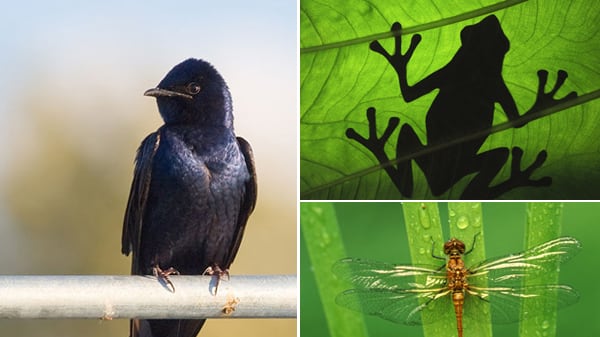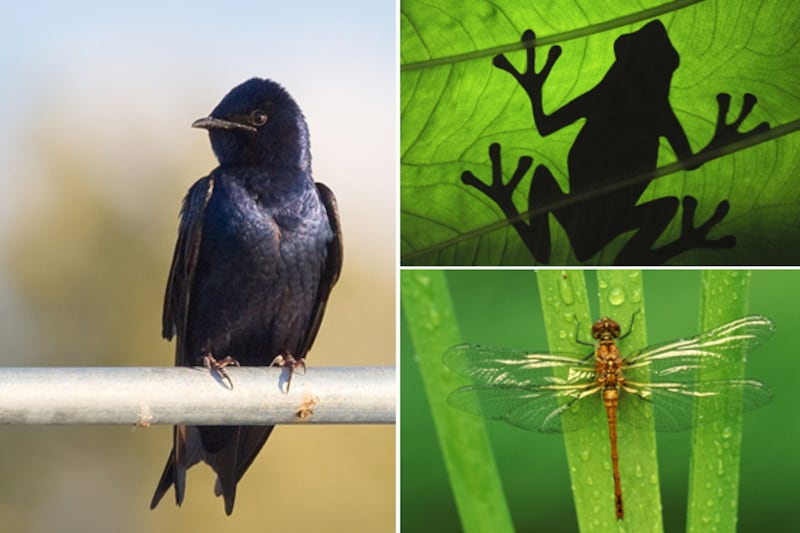
The recent resurgence of West Nile virus around Dallas, Texas has a lot of people wondering how they can stay safe from the mosquitoes that carry the disease. The answer, of course, is to simply make friends with its predators. From guppies to mosquitofish, here are some species you might want to give some love.
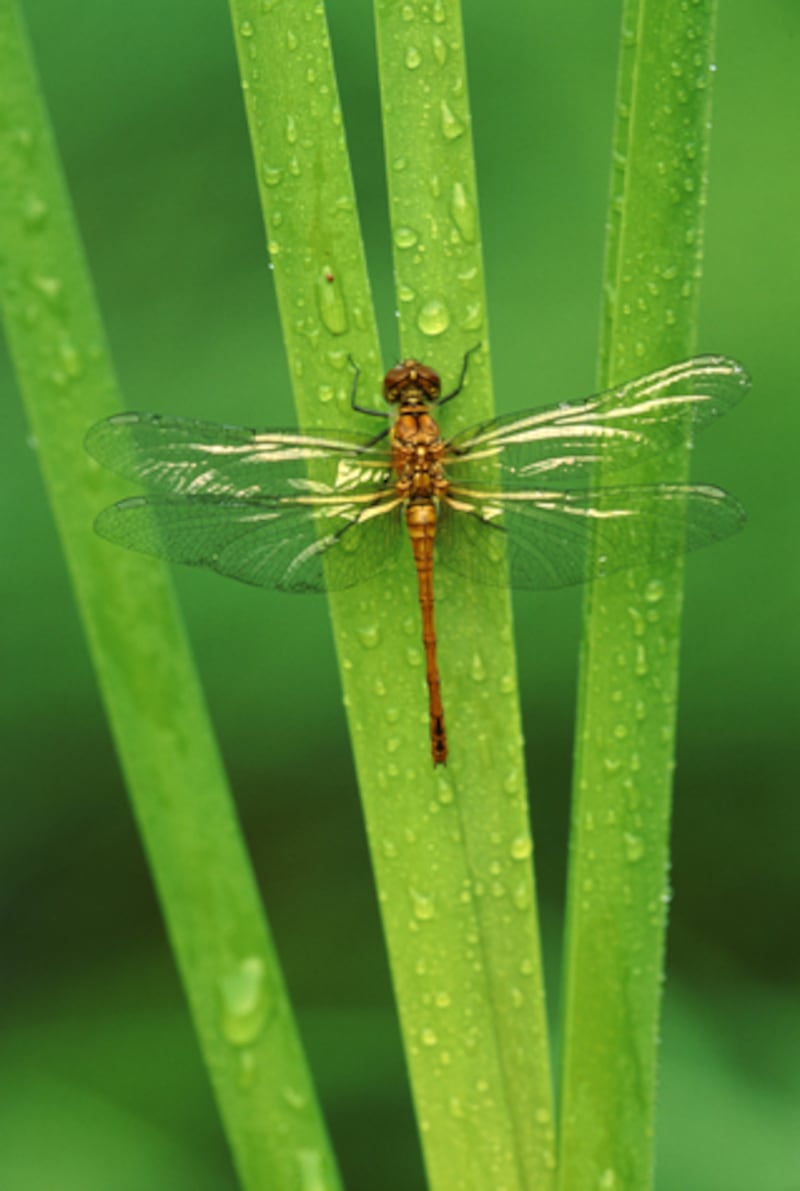
These colorful insects serve a much more useful purpose than just looking pretty: they’re also voracious mosquito-eaters. Dragonflies live in the same warm, damp areas where you’ll probably find big mosquito populations, and they don’t let the opportunity go to waste: they can eat their own body weight in as few as 30 minutes.
Herbert Kehrer / Corbis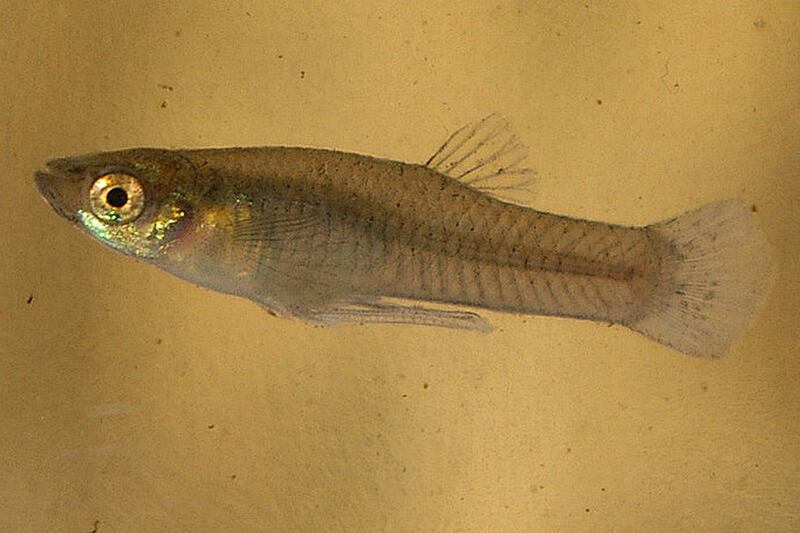
Yes, mosquitofish. Also known as gambusia, these tiny creatures only grow to be about three inches long. But what they lack in size they make up for in impact: the fish have been observed to eat mosquito larvae in amounts up to 167 percent of their own body weight in a single day! They’re so prodigious that several California counties give them to residents with outdoor ponds free of charge to control the pest population.
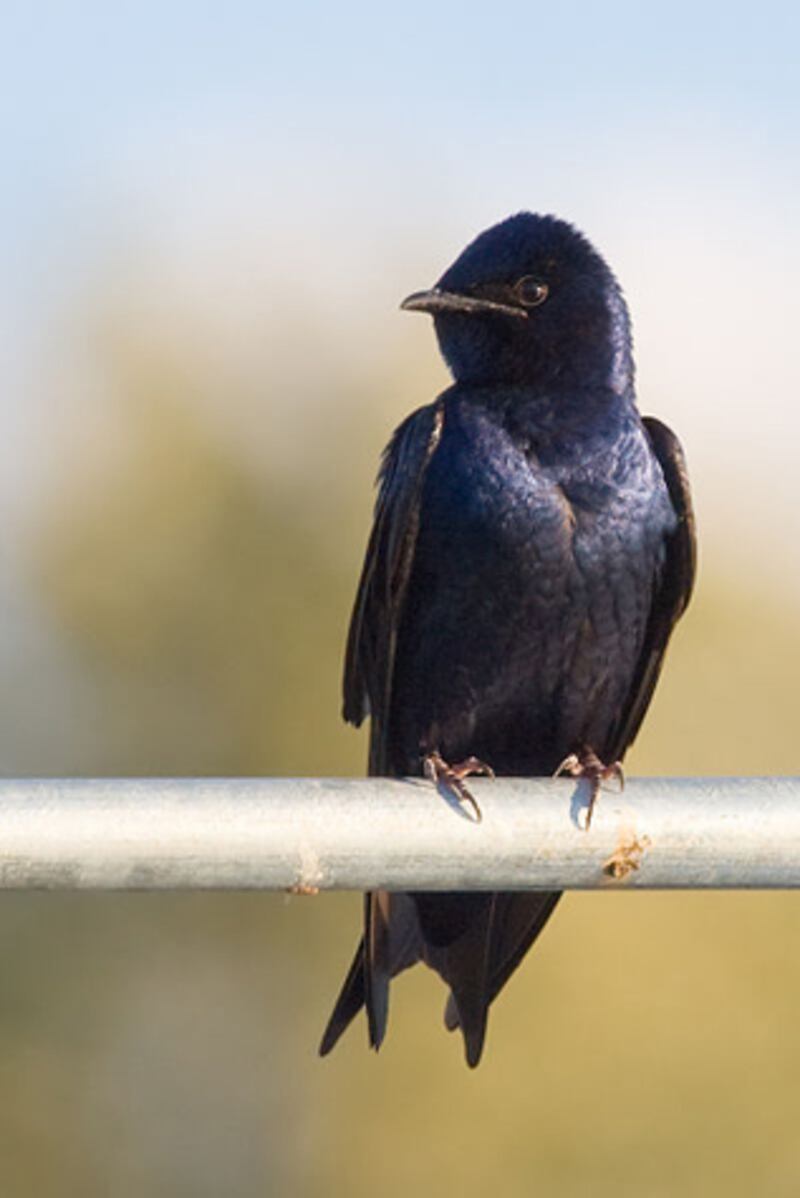
Known to many Americans as the Godzilla of the mosquito world, the purple martin isn’t quite that voracious. But considering that mosquitoes can make up 3 percent of a purple martin’s diet despite the two creatures’ active time only overlapping by 10 minutes (just 1 percent of a purple martin’s feeding time), that’s not too shabby.
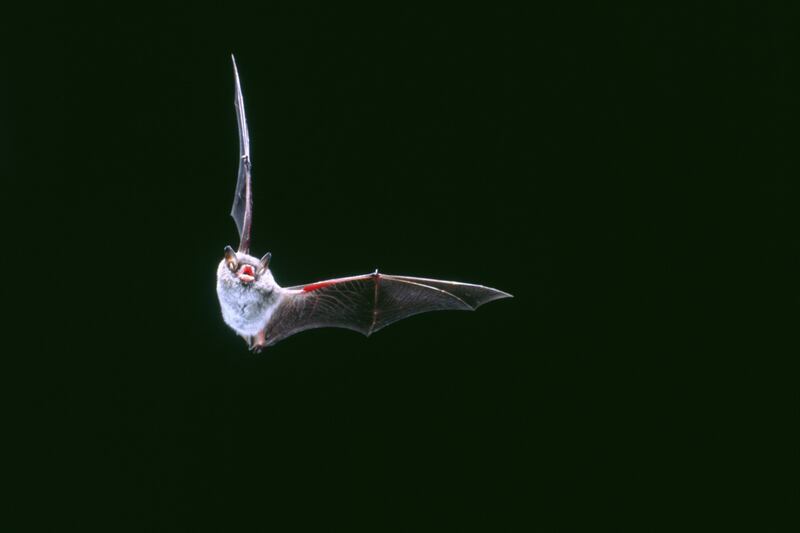
Far from being vampiric, most bats in North America feed exclusively on insects—including the real bloodsuckers. Bats tend to be opportunistic eaters, so if mosquitoes are what’s around, you can be sure that the local bat population will put mosquitoes on the menu. In fact, a bat colony is able to consume hundreds of thousands of bugs in just a few weeks.
Fritz Rauschenbach / Corbis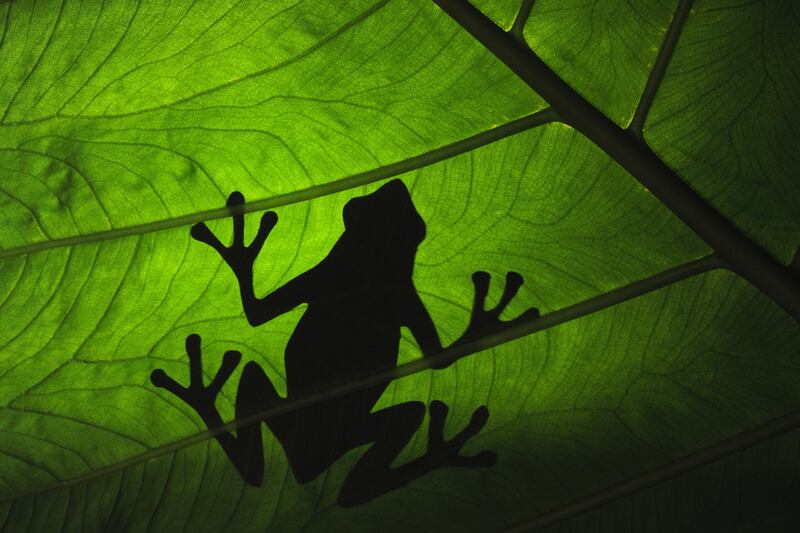
When you think of frogs, you probably picture one sitting on a lily pad, lashing its tongue out at whatever bug comes its way. You’re pretty much right, and if it’s a mosquito that comes the frog’s way, well, that’s what’s for dinner! Certain tadpoles have also been known to feed on mosquito larvae, keeping them from being a problem before they can even start.
Robert Marien / Corbis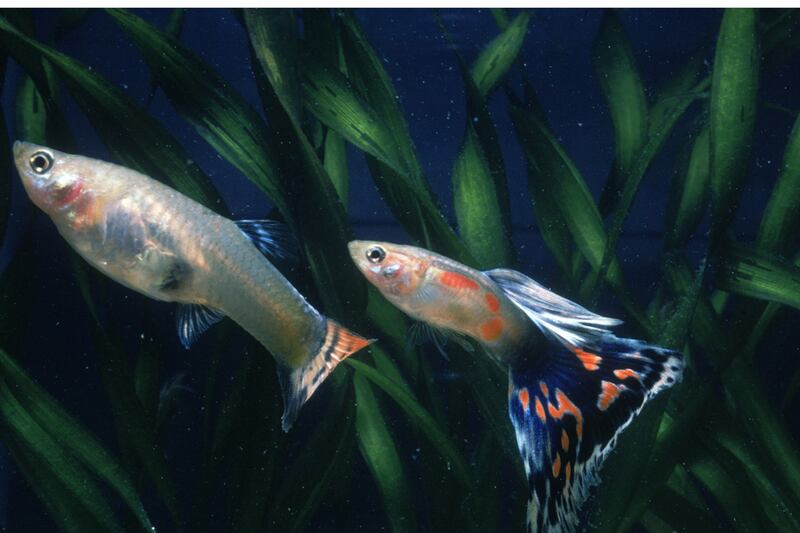
Guppies are known worldwide as an effective, natural, and weirdly cute way to control mosquitoes. The tiny fish don’t wait until the insects are ready to suck your blood—their appetite is for water-based mosquito larvae. Because of this handy diet quirk, guppies are shipped all over the world to keep local mosquito populations—and the diseases they bring—in check.
Dr. Paul Zahl / Corbis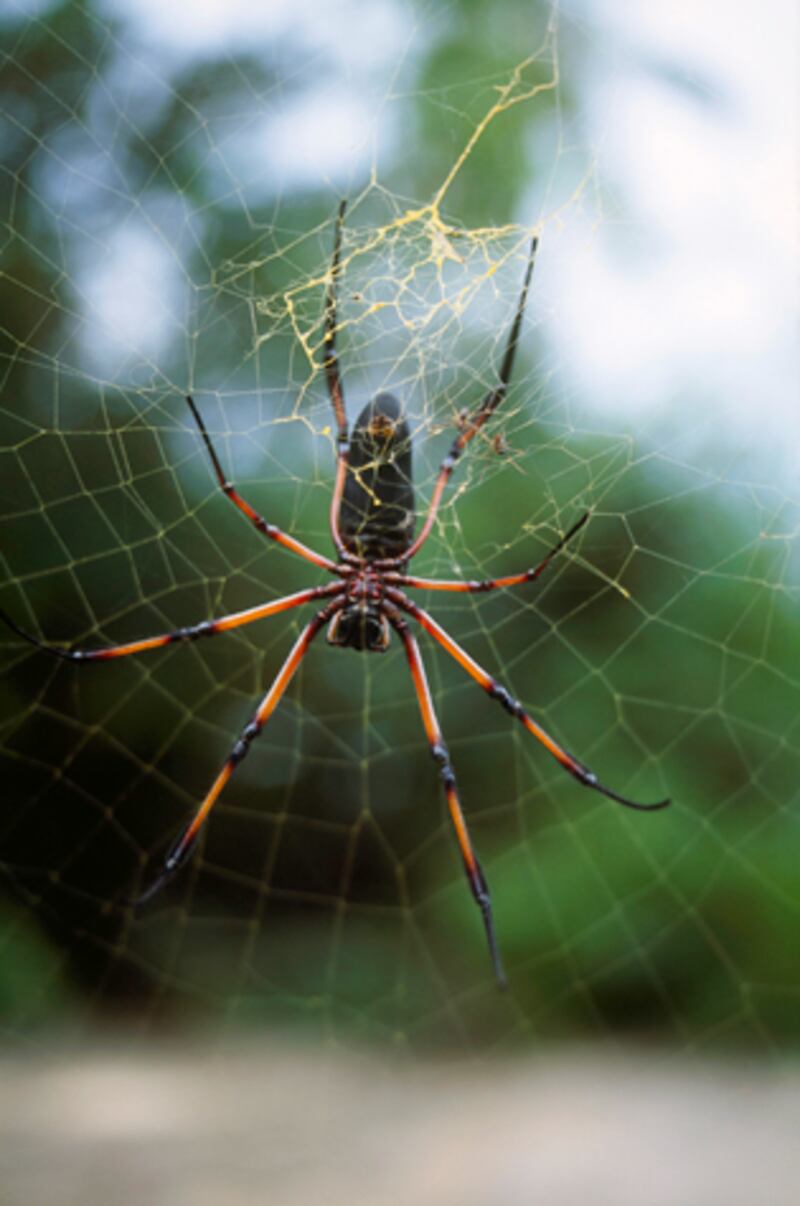
Pretty much any spider web in a mosquito-ridden locale is going to catch one sooner or later. But did you know there are species of spiders that actually prefer the bloodsucking pests? The jumping spider, which has better vision than most and attacks prey by, well, jumping on it, seeks out engorged female mosquitoes because it likes the blood.
Creasource / Corbis